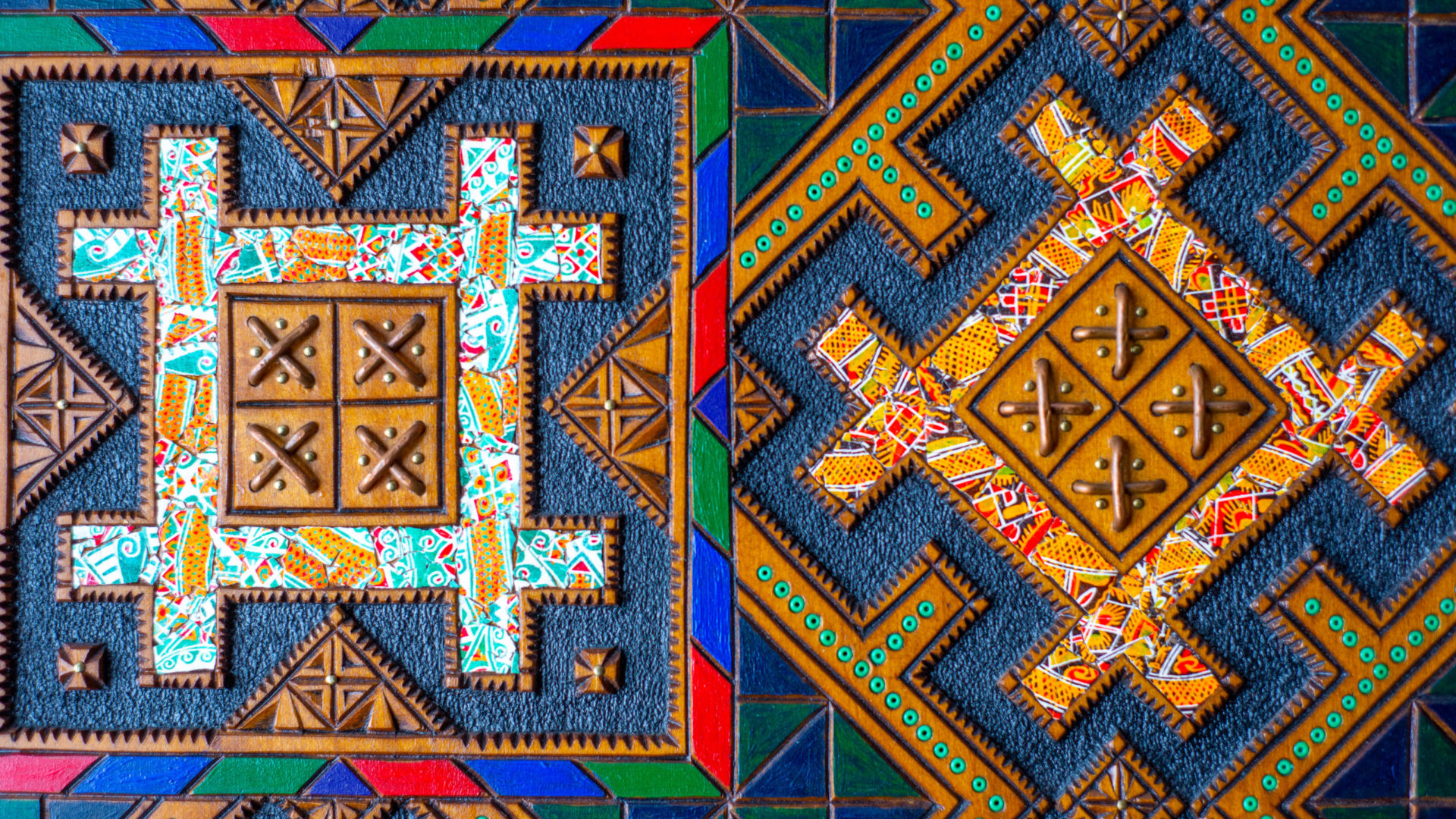Hutsul language or dialect: researchers explain
his is what Halyna Grechuk from Verkhovyna, who compiled a dictionary of Hutsul dialects, ethnographer and poet Vasyl Zelenchuk from Kryvorivna, and Tetyana Yastremska, a candidate of philological sciences at the Ivan Krypyakevych Institute of Ukrainian Studies tells.











You must be logged in to post a comment.